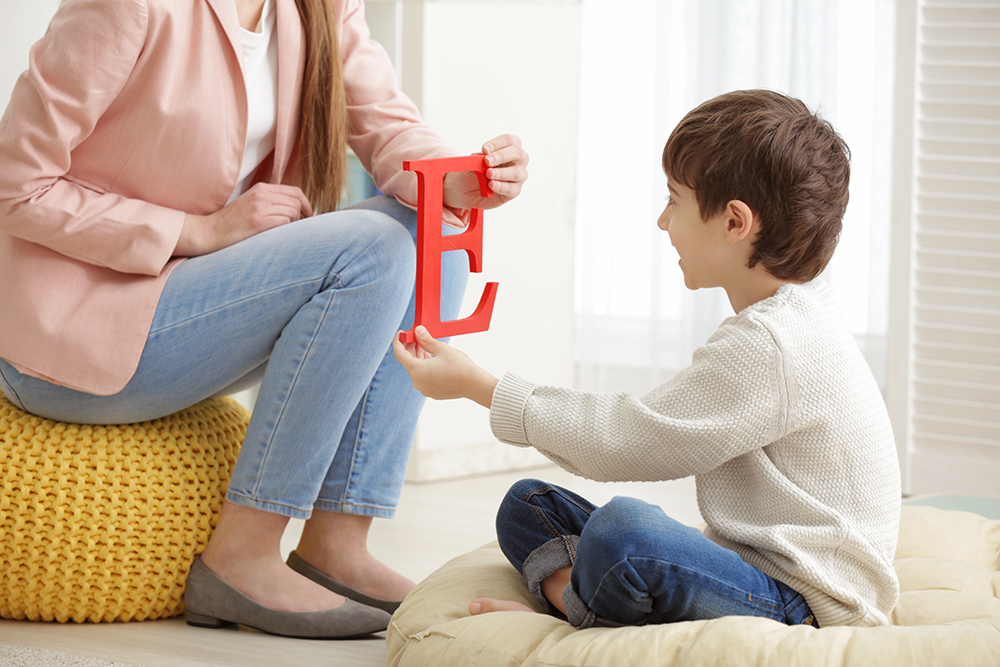
28 Aug The Hardest Question
During my career in human services and ABA, I’ve had the pleasure of meeting hundreds of parents and families, at all life stages and in all phases of ABA programming. Talking with families about their children and their visions for the future is one of the most satisfying parts of my job. Even discussing the day to day logistical issues involved with ABA brings me joy when I can help a parent understand things like insurance coverage and navigating care coordination.
I like to think that I can pretty clearly and confidently explain things like generalization, discrete trial teaching, reinforcement, and extinction. Questions about company policies, timelines and waiting lists, credentials and training; none of those trips me up. But there is one question that without fail will cause me to pause, falter a little, and maybe even end up looking like this is my first day on the job.
The hardest question that I’m asked (and it’s always asked) is this:
“What is this going to look like?”
It seems like the simplest question, but it’s like a punch in the gut every time! Why? Because I don’t know the answer.
I said it. I have no clue what your child’s ABA program will look like. And that’s a good thing.
Every child I have worked with has been different from all the others in spectacular and amazing ways. Your child is different from every other. Your family is different from the rest. Why shouldn’t your ABA program be as well? What a disservice it would be for anyone to force your incredibly unique values, dreams, and needs into a one-size-fits-all program.
The goal of ABA is to produce socially significant changes in behavior that lead to increased independence and quality of life. What is socially significant varies by person, setting, values, age, life goals, and more. No pre-designed program, teaching strategy, or set of goals is going to produce the meaningful changes that are important to every child or family. What matters to us is what matters to you! Yes, standardized assessments and skills checklists play an important role in guiding the development of the ABA program. But they should be just that, a guide. What exactly the program will look like should be guided not just by an assessment, but by you and your child.
We may decide together to teach skills in a different or non-traditional order, based on which skills are most likely to bring about the most positive changes in your home routine. Or we may choose together to skip some skills for now, because your family life demands that another skill is much more important. For some families, the ability to attend a church service may be paramount; even if that’s not something that the assessment measured, it’s something that we will help teach. Some families place a high value on everyone eating the same dinner all together every night, while others will benefit from their child eating their own specially prepared meal, then safely and independently playing while the rest of the family finishes. Two families may have the same goal of eating dinner, but the end result looks different. What matters is that the end result was a net positive in the life of the child and family.
Our ABA programs will happen in the home, clinic, school, or the community, depending upon where your child will get the most benefit. The programs may occur individually, or in groups, depending on what’s being worked on. Howwe teach will differ depending on what your child enjoys, what your family deems important, and how your child learns. For some kids, it’s all about Thomas, for others it’s Minecraft or bust. Some kids focus best at a quiet table, and others love to learn while bouncing on the trampoline. We tailor the stimuli, the activities, the teaching tools, all toward what makes your child eager and happy to learn.
All of those differences are only a fraction of what could set one ABA program apart from another. One size doesn’t fit all. And “what will this look like?” is the hardest question ever!

